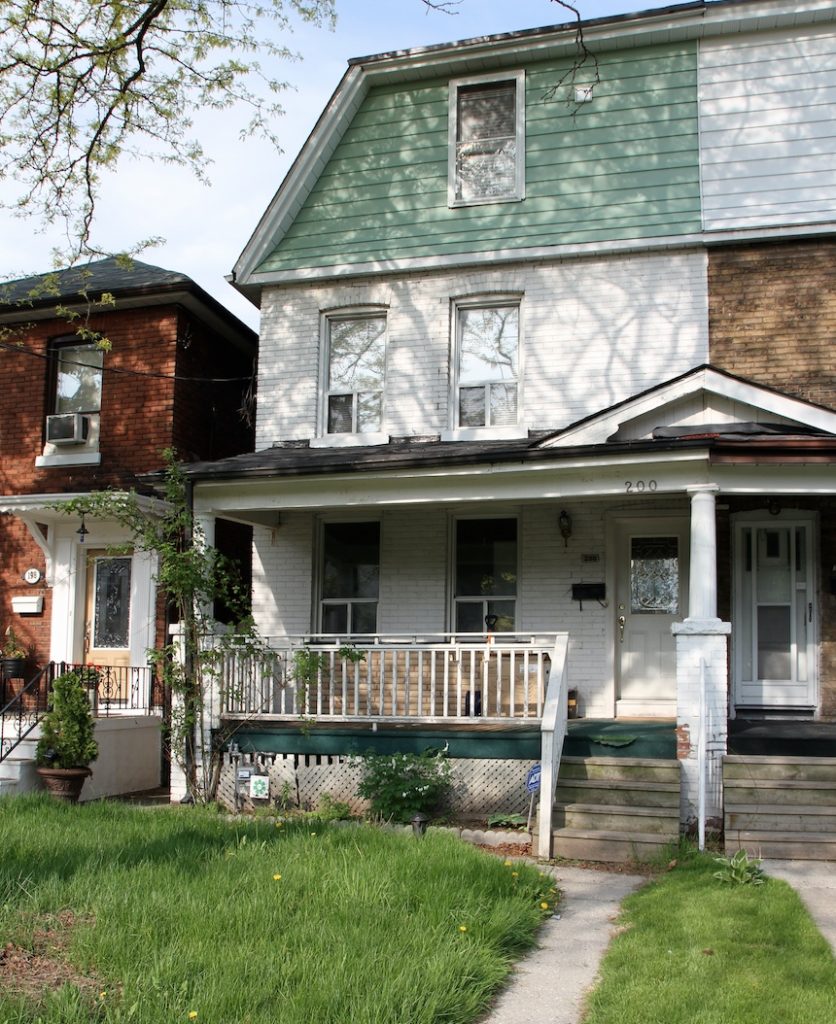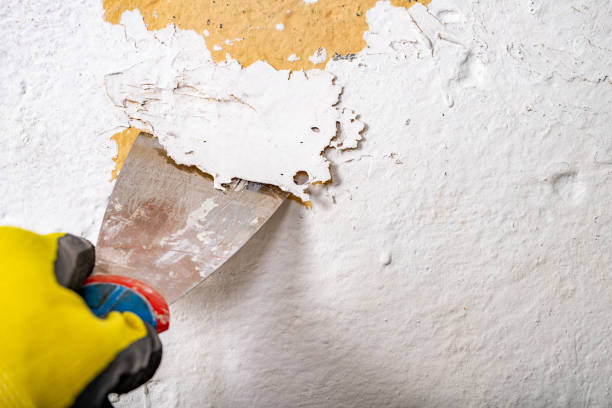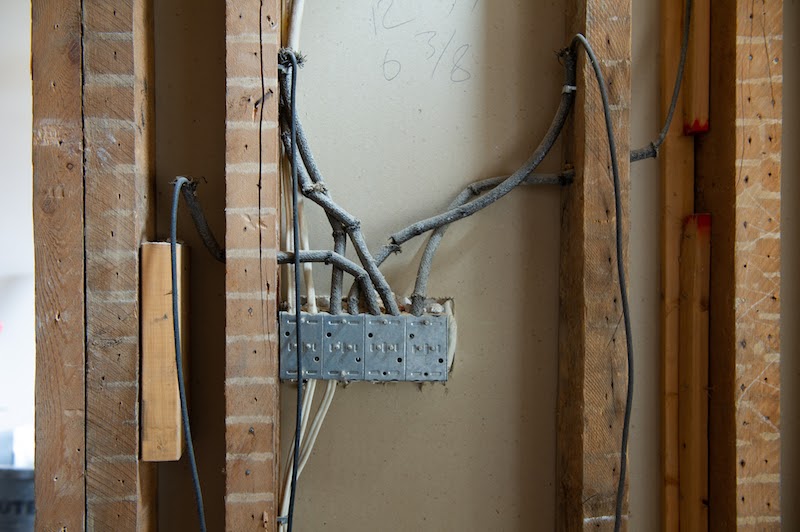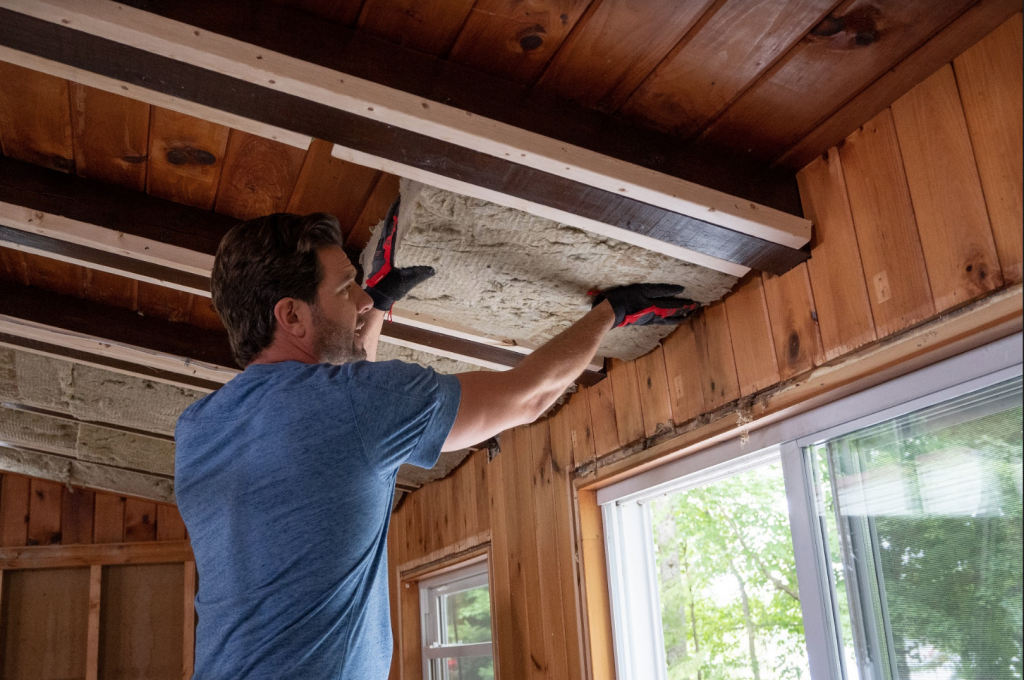Things to Consider When Renovating an Older Home
Older homes can be great for a lot of reasons, but when it comes to renovating these relics of the past, there are some important things to remember (for both comfort and safety!)

Be Wary of DIYs
I love a good DIY as much as the next guy, but in older homes, you need to be careful. Simple, cosmetic projects can be ok, but don’t take on anything that involves a finish being removed, a wall being opened up, or even a tile floor being removed. There are any number of potential dangers. Stripping paint – normally a safe DIY, can be hazardous in old homes, as old paints contained harmful chemicals such as lead. Also, removing old tile and finding asbestos can be a real health concern. When asbestos fibers are disturbed they get released into the air, and if they’re inhaled they can get trapped in the lungs and cause serious health issues. In all of these cases, trusted professionals will be required.

Electrical
The amount of electricity a household can use on a daily basis has changed significantly over the last few decades, and the wiring in older homes can rarely accommodate today’s needs. Most older homes have what’s called knob and tube wiring, and many insurance companies won’t cover homes that have it anymore. Be prepared when you purchase an older home that hasn’t been updated that you will likely need to replace the wiring. Believe me, it’s well worth the price.

Energy Efficiency
Older, unrenovated homes aren’t going to win any awards for energy efficiency, that’s for sure. So insulation should be high on the list. Consult local building codes to see what’s required, but here are the main areas to focus on:
- The attic – Some types of insulation can settle and compact, losing their R-value and allowing warm or cool conditioned air to escape through gaps. Consider topping up your attic insulation with ROCKWOOL Comfortbatt®. Check codes in your area, but typically, a good depth to aim for is 16” or an R-value of 50.
- Basement headers – This is another often-neglected space, but an easy fix. Simply use a serrated blade to cut ROCKWOOL Comfortbatt® stone wool insulation to size and simply press into place.
- Crawl Spaces – It’s very easy to forget about crawl spaces, but they can be very damp and cold – especially in older homes. Keeping moisture out and warmth or conditioned air in can be achieved simply with batt insulation. Choose batts that fit the joist width and press into place. Again, ROCKWOOL Comfortbatt® is ideal in this application, because it has a unique, flexible edge that is designed to compress as the batt is inserted, then spring back, expanding against the frame studs to give a complete fill. This flexibility ensures the expected R-value is achieved and maintained.
- Basement Exterior Walls – For this application I like to use ROCKWOOL Comfortboard® 80 rigid stone wool insulation against the walls, then I build out the studs in front of that, and use ROCKWOOL Comfortbatt® between the studs.

Older homes can be great investments, but it’s important that you know what you’re getting into before you buy. Renovations will likely be needed, so when renovating older homes make sure you budget appropriately. And be safe!

Comments